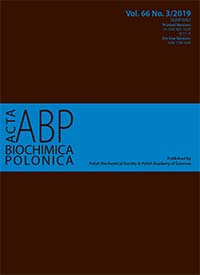The “exposome” concept – how environmental risk factors influence cardiovascular health
Exposome and health
Abstract
There is general consensus that environmental pollution and non-chemical stressors contribute to the incidence and prevalence of chronic noncommunicable disease (e.g. cardiovascular, metabolic and mental). Clinical and epidemiological studies support that air pollution and traffic noise are associated with a higher risk for cardiovascular disease and significantly contribute to overall mortality. In this respect, the “exposome” provides a comprehensive description of lifelong exposure history. A recent publication using an updated global exposure-mortality model found that the global all-cause mortality rate attributable to ambient air pollution by PM2.5 and O3 was 8.79 (95% CI 7.11–10.41) million in 2015 – much higher than previously calculated. For Europe this corresponds to 790,000 premature deaths due to ambient air pollution. Various large scale studies and expert commissions have identified air pollution as the leading health risk factor in the physical environment, followed by water and soil pollution with heavy metals, pesticides, other chemicals and occupational exposures, however neglecting the non-chemical environmental health risk factors: mental stress, light exposure, climatic changes and traffic noise. Especially for traffic noise-related health effects there are numerous clinical and epidemiological studies reporting significant impact on cardiovascular disease. We here provide an in-depth review on the health effects of the external exposome, with emphasis on air pollution and traffic noise and to a lesser degree mental stress and other environmental pollutants. In addition, we summarize our previously published experimental research investigating effects of aircraft noise exposure in mice and provide mechanistic insights on how noise contributes to noncommunicable disease.
Acta Biochimica Polonica is an OpenAccess quarterly and publishes four issues a year. All contents are distributed under the Creative Commons Attribution-ShareAlike 4.0 International (CC BY 4.0) license. Everybody may use the content following terms: Attribution — You must give appropriate credit, provide a link to the license, and indicate if changes were made. You may do so in any reasonable manner, but not in any way that suggests the licensor endorses you or your use.
Copyright for all published papers © stays with the authors.
Copyright for the journal: © Polish Biochemical Society.


